The SECURE 2.0 Act: What These Changes Mean for Taxpayers
Author: Seth Meisler, CFA, CFP®, CPA/PFS, MBA, Sr. Wealth Advisor
On December 23, 2022, we received a gift from Congress. A 4,000 page bill called the Consolidated Appropriations Act of 2023. Inside this bill is what is now being called the “SECURE 2.0 Act” (SECURE 2.0). In 2019, the SECURE Act, also known as the Setting Every Community Up for Retirement Enhancement, made significant changes to IRAs and retirement plans.
The largest changes affect those who inherited IRAs or retirement plans. SECURE 2.0 Act offers a number of changes to the existing retirement system, but not as radical as its predecessor. The provisions included in this act, such as raising the age for RMDs and modifying catch-up contribution limits, may appear to be positive at first glance. However, it is important to consider the long-term implications and potential drawbacks of these changes.
In this blog, we will examine the key provisions of the SECURE 2.0 Act and shed light on what these changes could mean for you and your retirement plan.
Significant Changes For Retirement Accounts
Increased Age for Required Minimum Distributions (RMDs)
As of January 1, 2023, the age at which you must begin withdrawing money from your retirement accounts (RMDs) has increased to 73, up from 72. However, if you turned 72 in 2022 or earlier, you will still need to take the RMDs as previously required. In 2033, the RMD age will move to 75.
This may sound like a positive change, but withdrawing money later may not be the most tax efficient option. Due to a combination of rising account values and potential for rising tax rates, taxpayers who delay taking distributions from tax deferred accounts could be subject to pay higher rates in the future than today. It may be more advantageous for individuals to withdraw funds from their IRAs earlier or convert them to Roth accounts, rather than letting these accounts accumulate and potentially facing a substantial tax bill in the future. Careful consideration and planning with your financial advisor will be essential to prevent potentially overpaying taxes and to take advantage of available tax savings opportunities.
Penalty Tax Reduction
The penalties for not taking RMDs will also decrease. Previously, if you failed to take an RMD, you were subject to a 50% penalty on the missed amount. Starting in 2023, the penalty will be reduced to 25% of the missed RMD amount. If you rectify the missed RMD by taking it and filing a corrected tax return promptly, the penalty for IRA accounts will be further reduced to 10%.
Roth Plan Account RMD Elimination
Currently, Roth IRAs are exempt from lifetime RMDs, but Roth Plan accounts (401(k), 403(b), 457(b), etc.) are not. SECURE 2.0 eliminates the RMDs from Roth plan accounts starting in 2024.
Higher Catch-up Contributions
Starting in 2025, SECURE 2.0 increases the catch-up limit for individuals ages 60, 61, 62, or 63 to the greater of $10,000 or 150% of the regular catch-up contribution amount for 2024, adjusted for inflation.
Starting in 2025, Simple IRA participants ages 60, 61, 62, and 63 can also make larger catch up contributions. The catch up amount is the greater of $5,000 or 150% of the regular catch-up contribution amount for 2025, adjusted for inflation.
Currently, catch-up contributions (401(k), 403(b), governmental 457(b), but not SIMPLE IRAs) for those over 50 can be made on either a pre-tax or Roth basis. Starting in 2024, SECURE 2.0 mandates plan participants with earnings over $145,000 (subject to inflation) to make a catch-up contribution to a Roth plan account (if offered by the plan).
Note: If a plan doesn’t offer a Roth option, catch-up contributions are not permitted for any employee (regardless of their wage level).
Starting in 2024, the catch-up contribution limit for IRAs for those aged 50 or older will be adjusted for inflation, meaning it may increase annually based on cost-of-living adjustments. For 2023, the catch up contribution is still $1,000, although the IRA contribution limit has increased to $6,500.
Roth Changes
SIMPLE and SEP IRA Roth Options
Previously, contributions to SIMPLE and SEP IRA had to be made on a pre-tax basis. However, SECURE 2.0 permits the creation of SIMPLE and SEP Roth IRA in 2023. This includes contributions in the employee’s taxable income for the contribution year. It is possible to create a Roth SEP or SIMPLE today, but it will take time for IRA custodians and employers to update their systems, programs, paperwork, and processes to support such contributions.
Employer Contributions as Roth Contributions
SECURE 2.0 permits employer contributions (match or non-elective, but not Profit Sharing) to be allocated towards Roth contributions in a qualified plan, 401(k), 403(b), or governmental 457(b) plan, starting from its implementation. It’s important to note that these amounts must be fully vested and will be included in the employee’s taxable income for the contribution year.
529 Plan to Roth IRA Rollover
Starting in 2024, SECURE 2.0 allows for tax and penalty-free transfer of 529 plan funds to a Roth IRA. However, several conditions must be met to be eligible:
- The Roth IRA must be in the name of the 529 plan beneficiary;
- The 529 plan must have been in existence for at least 15 years;
- The annual transfer limit is the Roth IRA contribution limit for that year ($6,500 in 2023);
- The lifetime rollover limit is $35,000;
- And contributions to a 529 made within the preceding 5 years (and associated income) cannot be rolled over to a Roth IRA.
In many respects, this is a great idea that is impractical and is likely to be rarely used, based on the current restrictions.
Qualified Charitable Distributions (QCD)
Inflation-indexed QCD Limit
The annual limit for QCD was set at $100,000 when it was first introduced in 2006 as part of the Pension Protection Act. Despite the passage of time, the limit has remained unchanged. However, starting in 2024, the QCD limit will be adjusted for inflation.
Ability to Use QCD for Split-interest Entities
Effective in 2023, individuals can make a one-time QCD of $50,000 to a charitable gift annuity, charitable remainder unitrust, or charitable remainder annuity trust.
Final Thoughts
These are just a few of the many rules that have changed with the introduction of SECURE 2.0 Act. It’s important to note that some changes, although they appear beneficial, may not have the desired outcome depending on your personal financial situation.
These recent rule changes highlight the importance of staying informed and having a comprehensive plan in place. It’s crucial to consider the long-term implications of these changes and how they may impact your finances. It’s advisable to work with a financial advisor to navigate these changes and ensure you’re making the best decisions for your future.
Connect With Centura
At Centura Wealth Advisory, we go beyond a traditional multi-family office wealth management firm to offer advanced tax and estate planning solutions which traditional wealth managers often lack in expertise, knowledge, or resources to offer their clients.
We invest heavily into technology and systems to provide our clients with fully transparent reporting and tools to make informed decisions around their wealth plan.
Read on to learn more about our 5-Step Liberated Wealth Process and how Centura can help you liberate your wealth.
Disclosures
Centura Wealth does not make any representations as to the accuracy, timeliness, suitability, or completeness of any information prepared by any unaffiliated third party, whether linked to or incorporated herein. All such information is provided solely for convenience purposes and all users thereof should be guided accordingly.
We are neither your attorneys nor your accountants and no portion of this material should be interpreted by you as legal, accounting, or tax advice. We recommend that you seek the advice of a qualified attorney and accountant.
For additional information about Centura, please request our disclosure brochure as set forth on Form ADV using the contact information set forth herein, or refer to the Investment Adviser Public Disclosure website (www.adviserinfo.sec.gov). Please read the disclosure statement carefully before you engage our firm for advisory services.



